BLOG
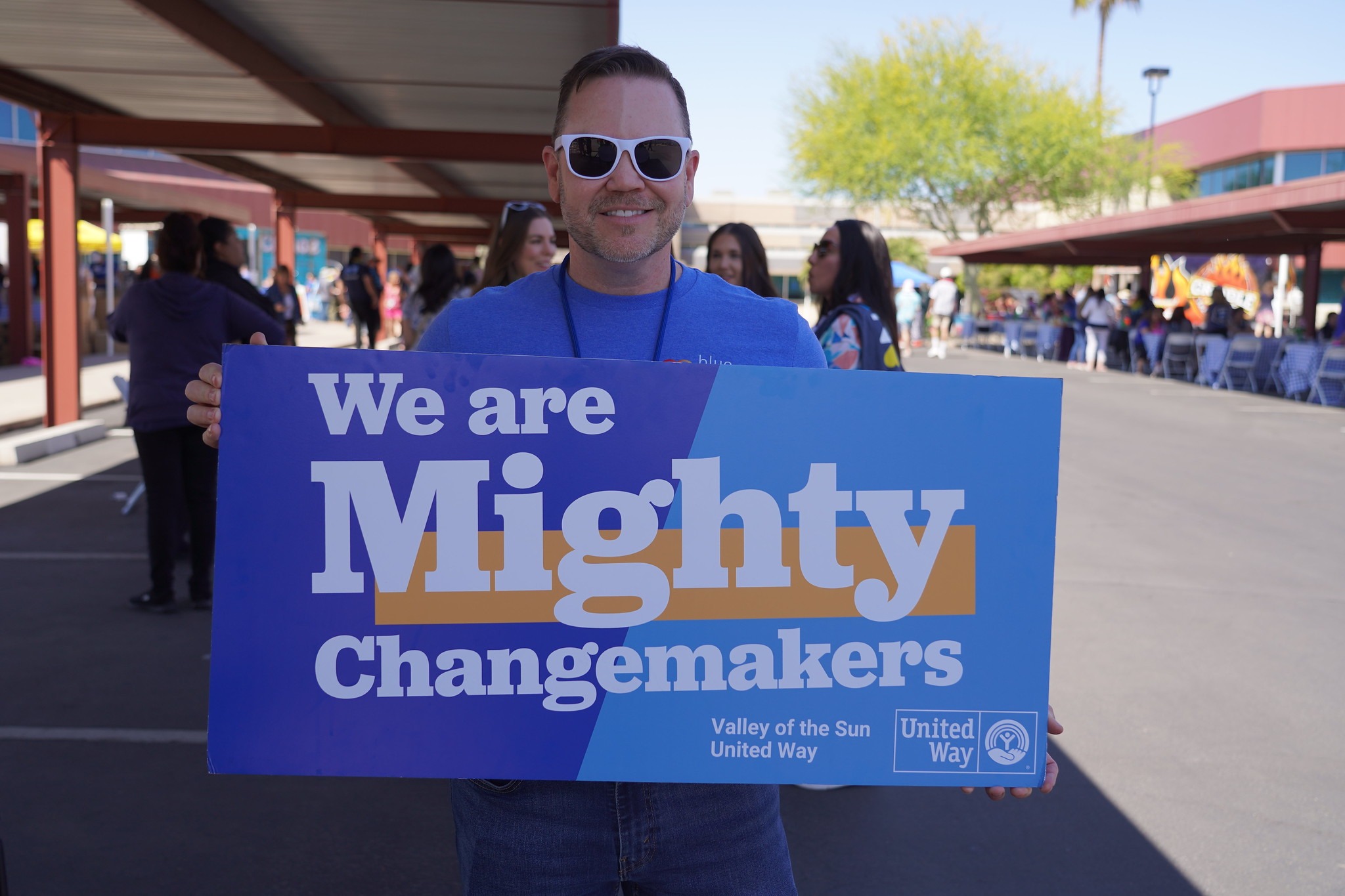
Connection and compassion matter now more than ever and partnerships with companies like Blue Cross Blue Shield of Arizona, American Express and PetSmart reveal a deep, undeniable truth: when businesses and nonprofits unite, they become a powerful influence for social change.
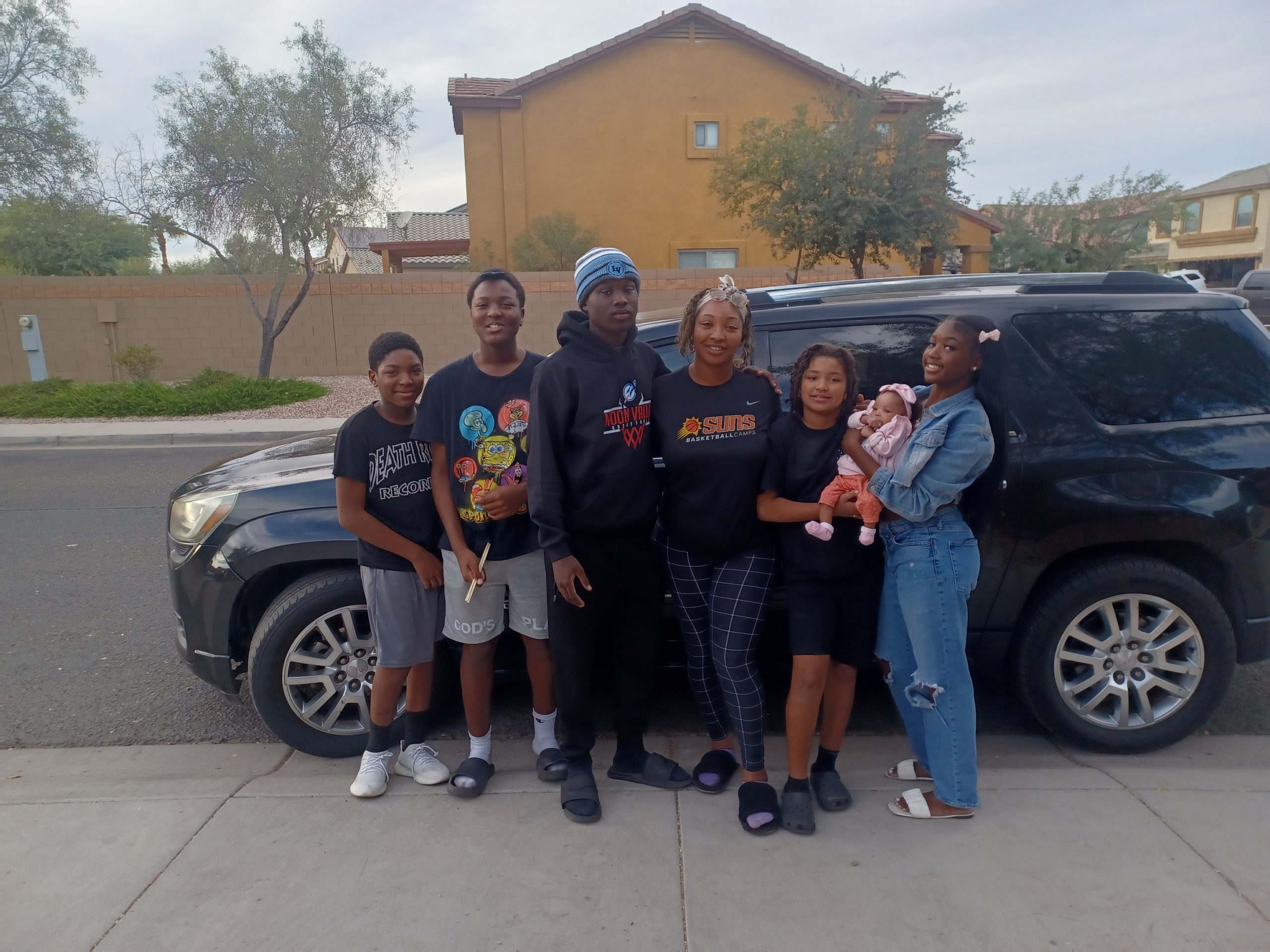
Valley of the Sun United Way’s Mighty Families program, in partnership with Chicanos Por La Causa, helps a family of five stay in their home after falling on hard times.

With the end of her Section 8 housing lease drawing near and nothing available to transition into, Diamond and her children found themselves with no options, nowhere to go and on the verge of homelessness.
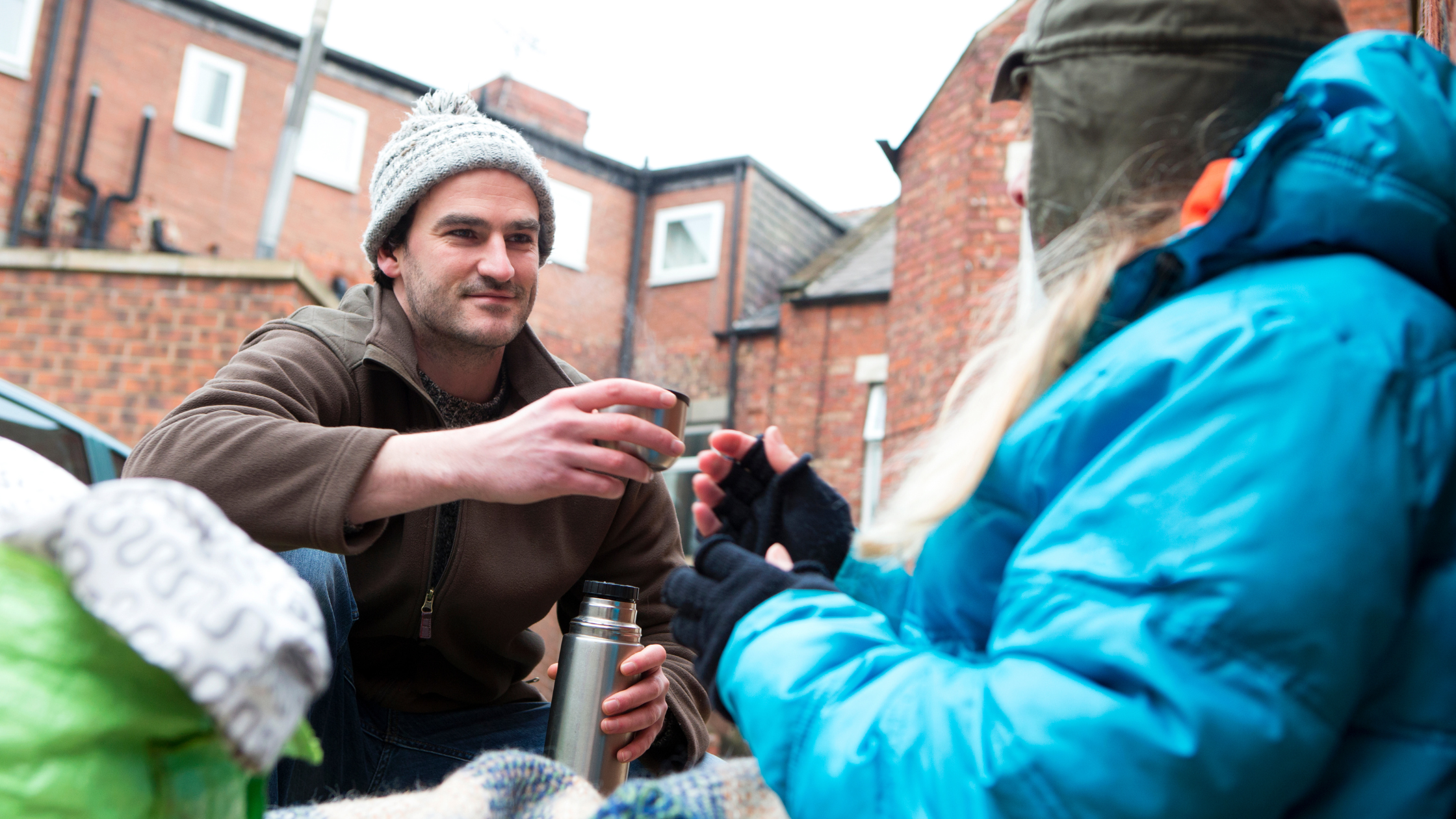
2024 annual Point-In-Time Count report indicates positive shifts in homelessness statistics.
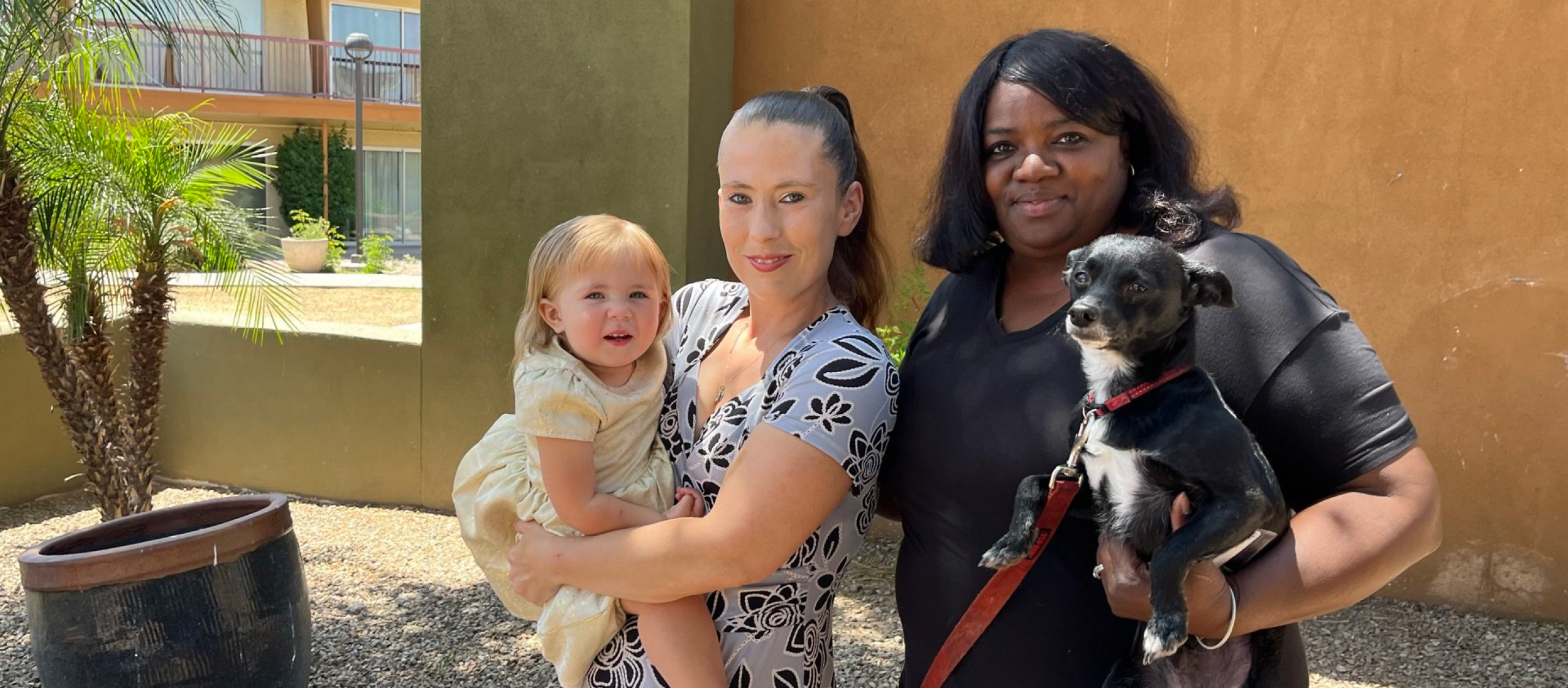
VSUW is bringing together key stakeholders, including more than 100 nonprofit organizations. One of those nonprofit partners is UMOM New Day Centers who supported Felicia and her daughter, Sapphira.
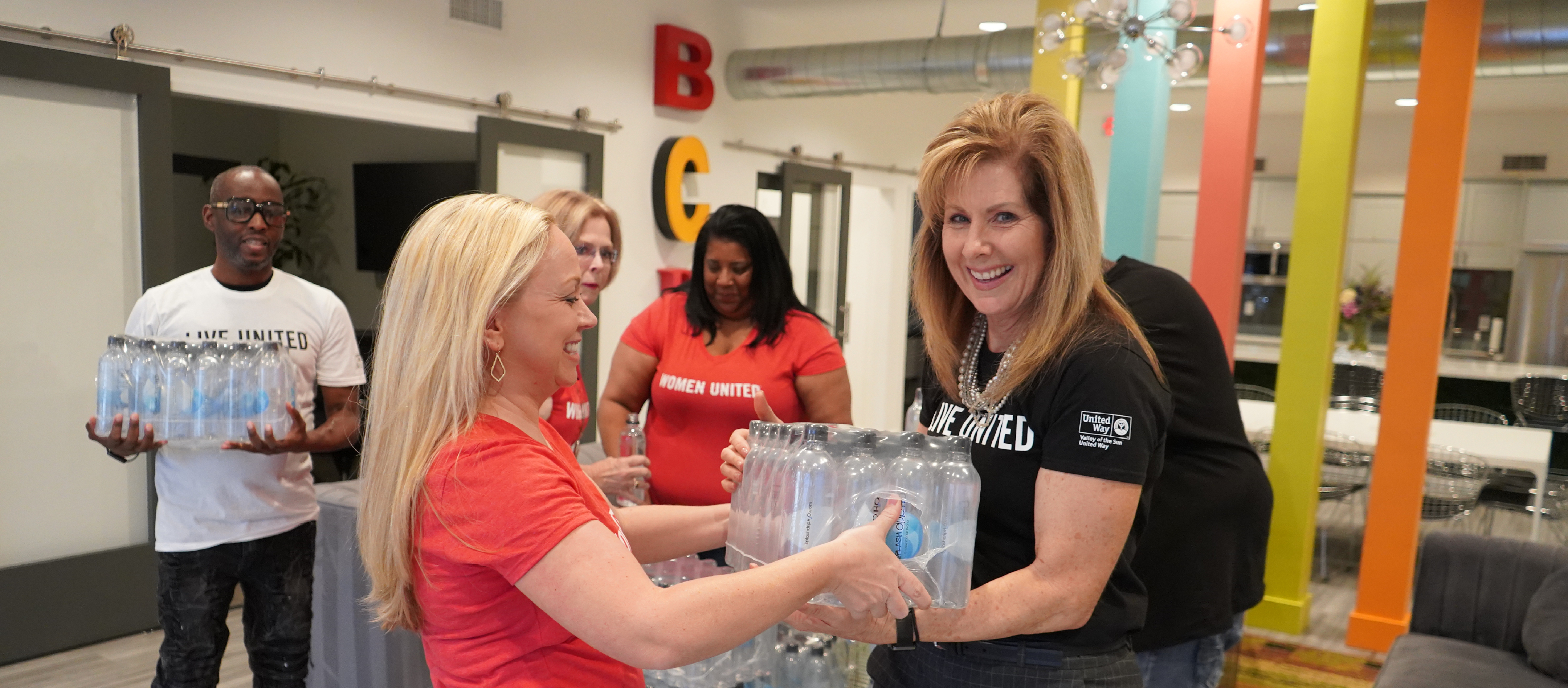
Arizona’s summer temperatures can be extremely dangerous for our neighbors experiencing homelessness. Those living outside in the elements are especially at-risk. Learn how you can help.
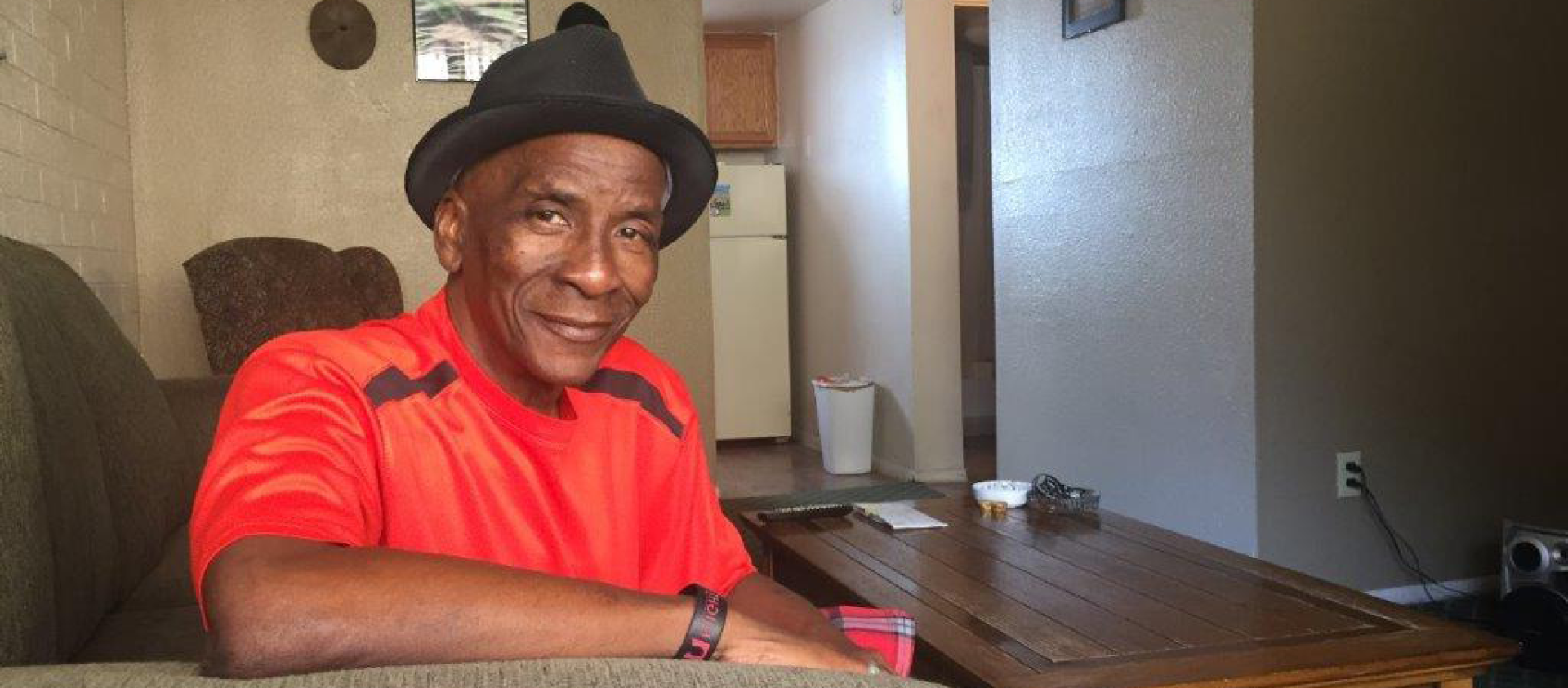
Tempe Community Action Agency’s I-HELP and Oasis Drop-In Center are two of more than 100 programs that each play a distinct role in achieving our mighty community goal to reduce homelessness in Maricopa County by 50% by 2026.
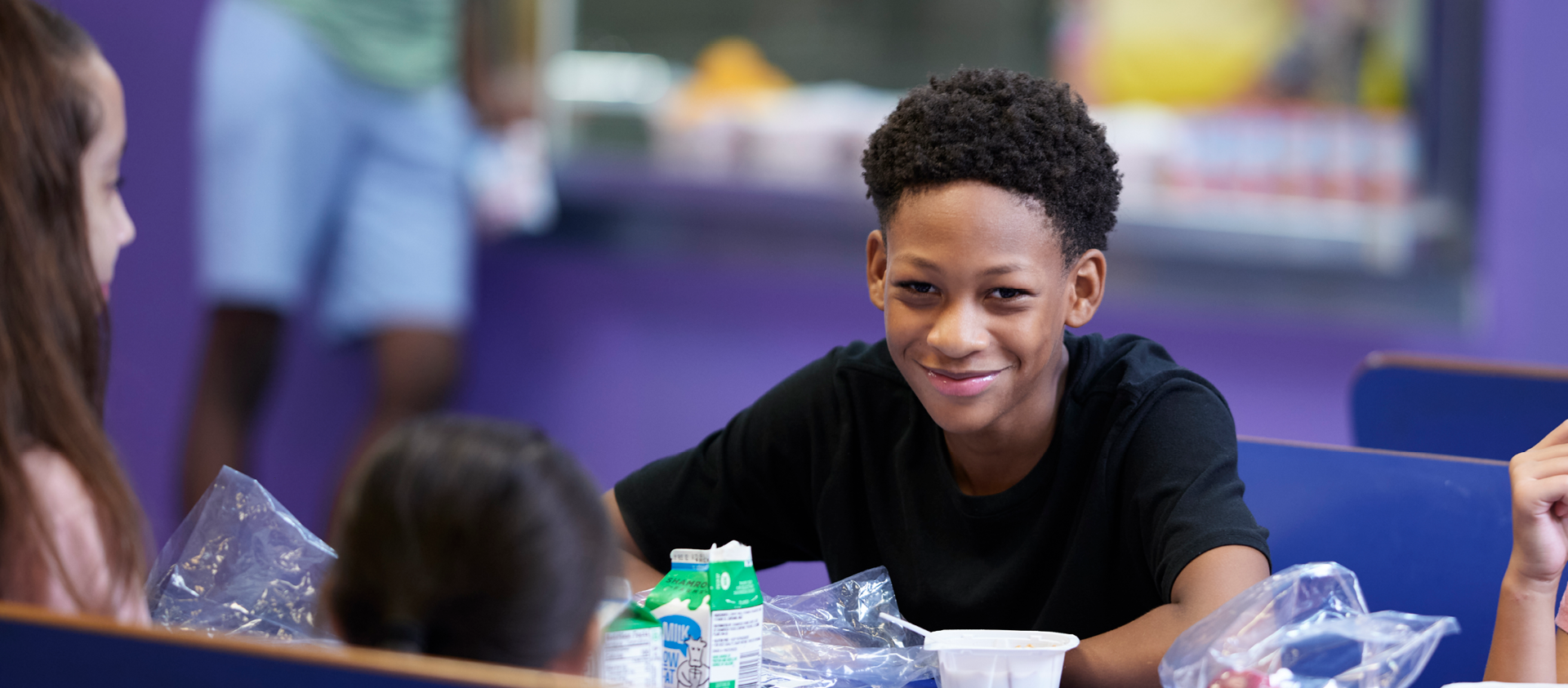
There are numerous benefits to donating to your favorite local charity through the Arizona Charitable Tax Credit.
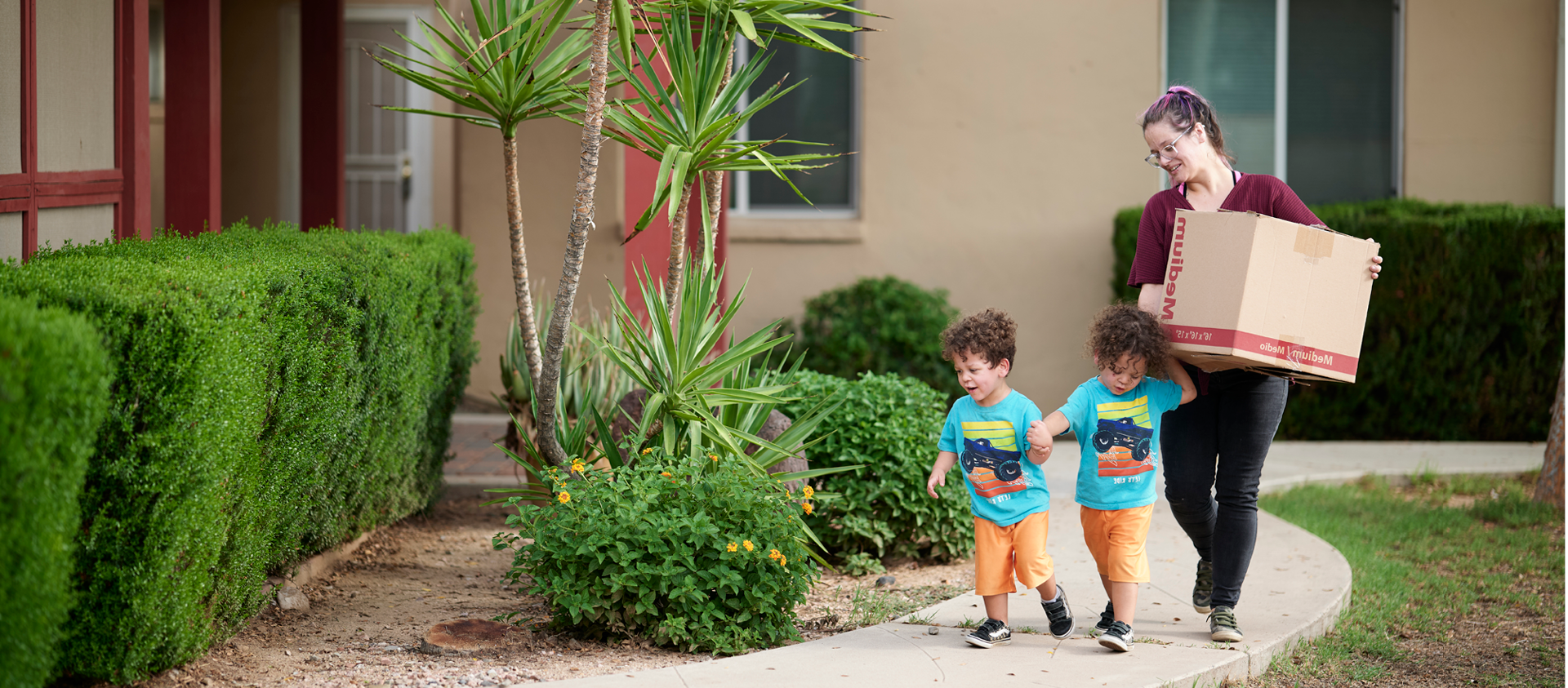
We partner with organizations across the county to ensure more than 100 programs are working in tandem to solve the complex housing and homelessness issues that have long existed and have been exacerbated by the global pandemic.
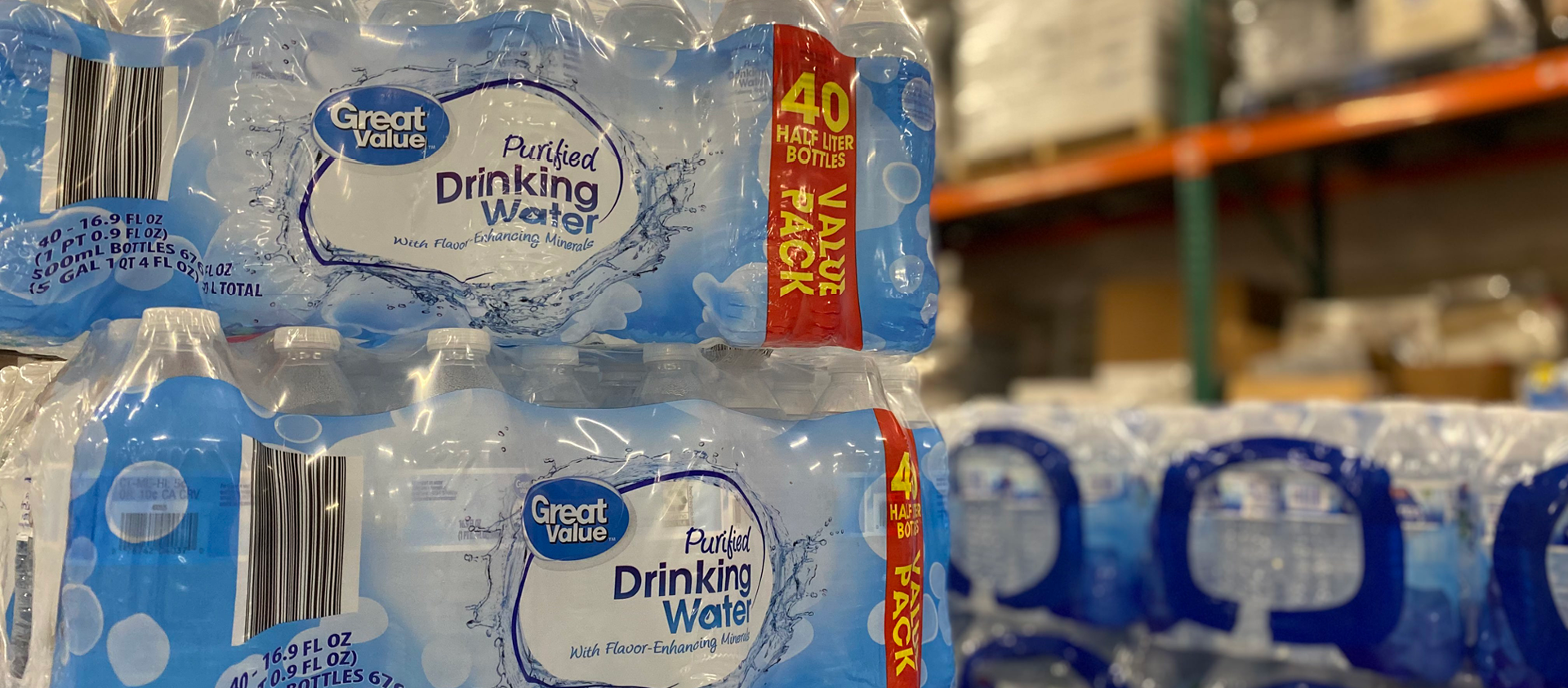
Since August, your donations – nearly half a million bottles of water – have been distributed to nearly 20 nonprofit partners who are creating Mighty Change.
